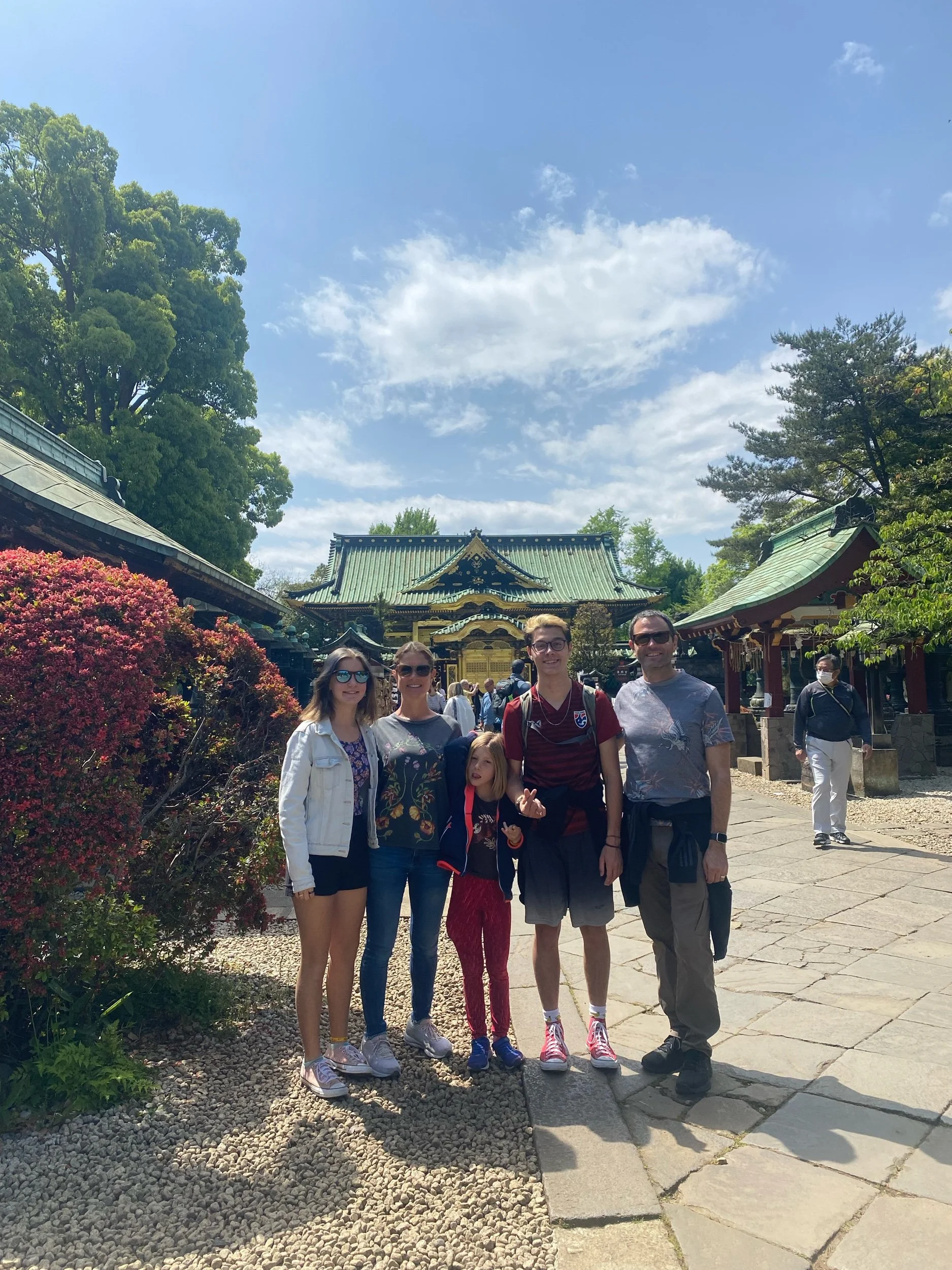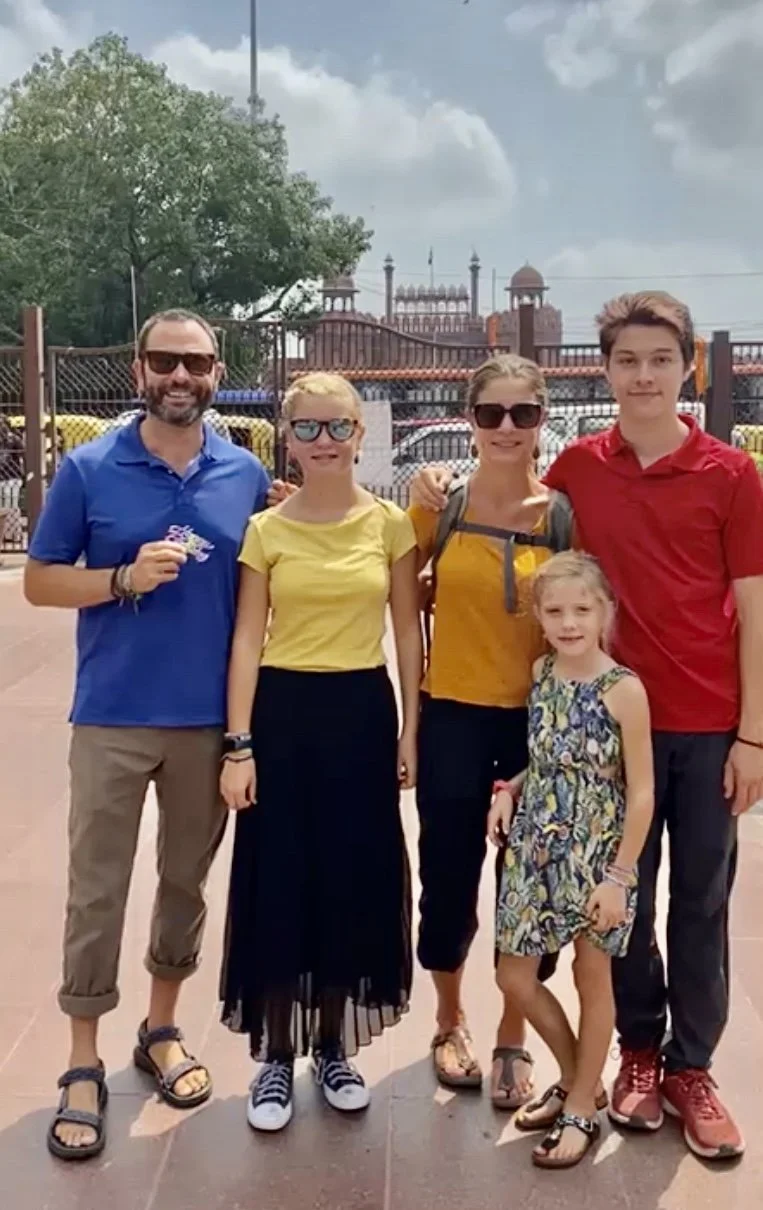Angkor Wha-a-a-a-t? A Guide to the top five temples in Angkor Wat Area
Angkor Wat (Cambodia) was one of the places that we have been very excited about for a long time. It is the biggest religious monument IN THE WORLD! The complex is around 500 acres in size and was built about 1,000 years ago.
To start off, Angkor Wat translates to ‘City Temple’ and Angkor Wat is just one out of over a hundred temples in the complex. At the prime of its life, Angkor (It was the city around Angkor Wat) was the capital of the Khmer Empire, an empire that stretched over modern-day Vietnam, Cambodia, and Thailand. The oldest temple in the area is from the early 9th century and the newest ones are from the late 12th century giving it a time span of nearly 400 years. In the 14 century, the khmer empire fell and left behind the temple complex. In the 19th century a French naturalist “rediscovered” Angkor Wat. The Angkor Wat temple was never truly abandoned (there was a small group of local people that used the temples), unlike many other temples of the complex, that not even the locals knew about.
Here are the top 5 Temples that we visited
Angkor Wat is the biggest (it is actually the biggest religious monument in the world) and the entire complex is named Angkor Wat because of this temple. Angkor Wat was built in the early 12th century and took thirty years to build. Half of the time they were building the structures and the other half was making all the sculptures and bas reliefs (carvings). We spent about an hour just looking at the bas reliefs. Angkor Wat was originally a Hindu temple dedicated to Vishnu but at the end of the 12th century, it converted to Buddhists. When the Khmer Rouge was in a rule all the buddhas heads were chopped off because of their crazy beliefs, and we did see a lot of headless Buddhas.
Preah Khan was the last temple that we saw and it was one of the best. It was constructed in the late 12th century. The temple was built by King Jayavarman VII, who built the temple in honor of his father.. The temple was really impressive because it was huge and some parts of it were caved in and blocked by debris and vegetation (trees were growing out of it). This temple also had several carving that were really intricate. It was so big that we kind of got lost in the maze. It is a very extensive temple.
Ta Prohm is where the Tomb Raider movie was filmed. Ta Prohm is another temple from the 12th century. It was the first temple we visited, early in the morning. Most other tourists start with Angkor Wat, so Ta Prohm was fairly empty. When we were leaving it really started filling up. It is one of the more visited ones because of the tomb raider movie filmed there. Some really interesting features about the place are these massive trees that are growing out of the walls and entrances. The trees were incredible because there were many and they were all growing out of the rocks, their roots fully exposed. This temple was really taken by the jungle!
Bayon or the temple of smiling faces has 54 towers, each with 4 faces pointing to four cardinal directions, that’s a lot of faces! The faces are said to represent either the king who built the temple or the buddha or even a combination of both. This temple is like a mountain, and because of color, from far away it looks like a big jumble of rock. The faces are impressive and stare down at you, with a half-smile, like they know something that you don’t (they probably do after being around for 1,000 years!). This was also another one from the late 12th century (many were built at this time because of Jayavarman Vll, the greatest Khmer “builder king”). Fun fact about Jayavarman Vll is he lived to the age of 96.
Phnom Bakheng is where we saw the sunset on our first day. It was a spectacular spot for a sunset because it was on a hill and was a temple that was in the popular “mountain style temple” (meaning it had many tiers, each tier smaller than the one below). This spot was better for sunset than Angkor Wat because
the west side of Angkor wat is covered in forest (not the actual temple, outside the temple) so it is hard to see the sun actually set and
Angkor wat closes before the sunset anyways.
The sunset was extra special because right by where you can view the sun there is a smaller tower so that you can get cool shots of the tower and the sun. Something cool about the main tower is that the top fell in and looks like somebody sliced right through it.
These are just the top 5, although I thought all of the temples of the Angkor Wat complex were really impressive. We tried to do as many temples as possible but we still did not see all of them. Also, I think that the people in charge of the restoration did a nice job doing enough restoration so it is easily accessible and leaving nature to do its thing so that people can see how completely taken over it had been before they rediscovered it.
Angkor Wat itself!!!
This is one of the trees growing out of Ta Prohm
This is the famous tree in Ta Prohm that usually has a line to take pictures
As you can see Bayon or the temple of the smiling faces lives up to its name
This is looking out over the extensive Preah khan
The sunset at Phnom Bakheng




































